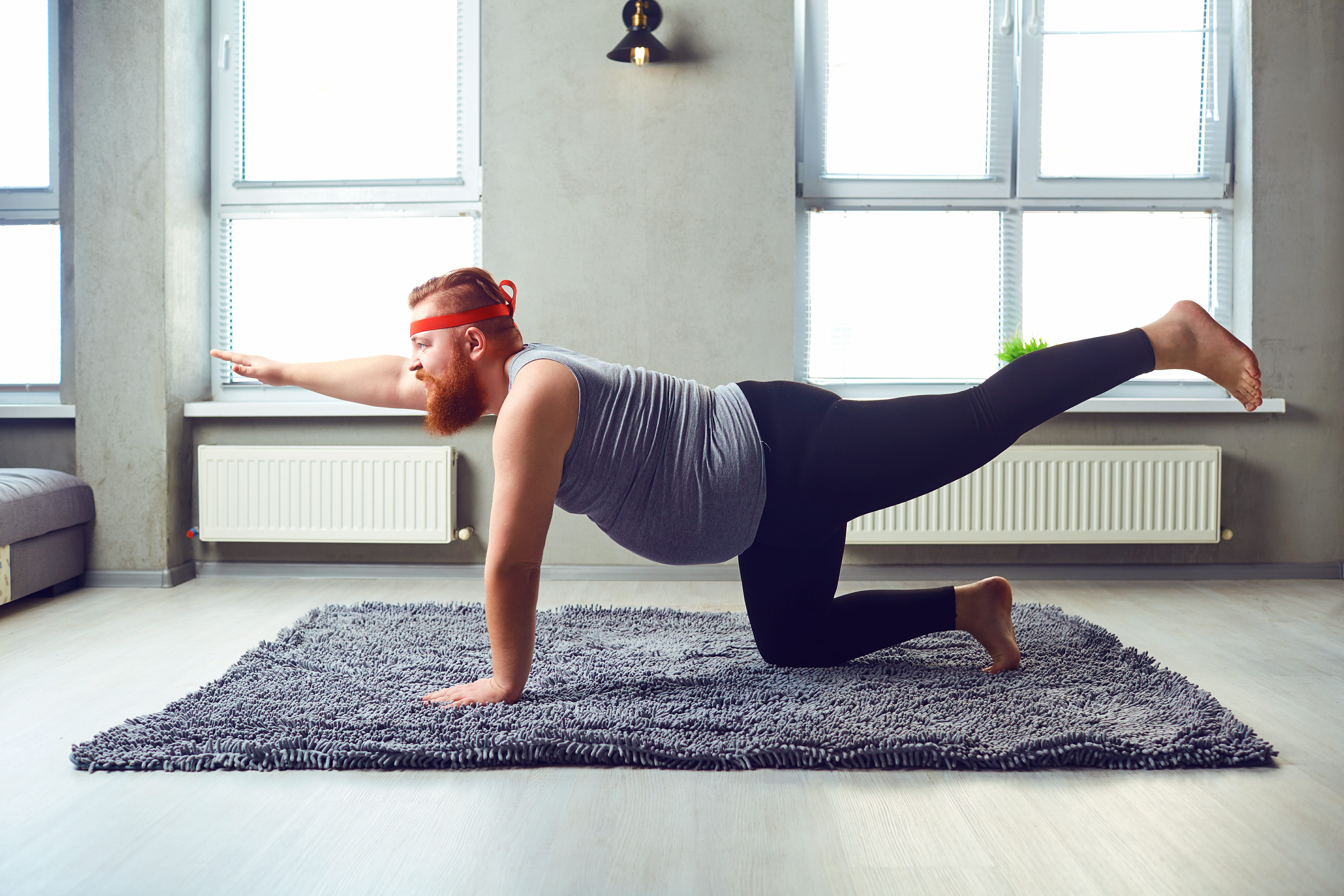 Professional crew members are lucky enough to enjoy one of the most rewarding careers available. We work in a challenging environment that constantly engages us and demands that we continue to improve; there is always something to learn. As Merril Wien, Alaska bush flying pioneer, makes the comparison, “Flying is like playing golf, no game (or flight) is ever the same.” This can be exciting and a welcome challenge for work, but it poses a major obstacle in our personal lives for just maintaining or even improving our health. A lifestyle lacking routine makes any behavioral change incredibly difficult and inconsistent at best.
Professional crew members are lucky enough to enjoy one of the most rewarding careers available. We work in a challenging environment that constantly engages us and demands that we continue to improve; there is always something to learn. As Merril Wien, Alaska bush flying pioneer, makes the comparison, “Flying is like playing golf, no game (or flight) is ever the same.” This can be exciting and a welcome challenge for work, but it poses a major obstacle in our personal lives for just maintaining or even improving our health. A lifestyle lacking routine makes any behavioral change incredibly difficult and inconsistent at best.
While we work in a constant state of flux, in our work environment, we have a well-defined road map to help us reach the same goal every day, a safe flight. We do this through many small steps that keep us coloring inside the lines to reach that objective. This process is all predicated upon a successful manipulation of habits. Unfortunately, it is very difficult to mirror this structure outside the flight deck. Location and time zones change daily and our schedules vary with the seasons. What follows are simple lifestyle modifications that build on our existing routines that start small to provide the necessary momentum for sustainable, positive, permanent change.
ONE: A simple start is to increase our hydration. Hydration is linked to improved cognitive abilities, digestion and mood. Spending all day working in the dry environment of an aircraft, on top of commuting in one and coupled with copious coffee consumption, can increase the likelihood that the majority of us are not drinking enough water. Try starting your day off right and drink a glass of water when you wake up. This can be carried out anywhere and on any schedule. Once you have reliably built this into your routine, try adding this practice into other routines; before a meal or when you reach your top of climb, and then every hour at cruise. For the athletes, performance will benefit as well.
TWO: The next thing we can do is to add dark leafy greens to at least one meal per day. This is a simple solution to increasing veggies without changing or sacrificing what we currently eat. Dark greens like spinach have very little flavor or texture effect on your meal, take almost no effort to prep, all while having a positive impact on your health. Dark leafy greens are rich in vitamins, antioxidants, fiber, and iron. They also contain B vitamins that promote heart health and folate which protects against DNA damage and the development of cancer. Try adding greens to your sandwiches or soups, steamed into a dish, or blended into a smoothie. The daily habit of eating greens reinforces the effort of eating unprocessed foods while slowly changing the intestinal microbiome to crave more healthy foods, all while avoiding any digestive discomfort. This will set the stage for eating more veggies and less processed foods down the road.
THREE: Because it is something we do several times a day, snacking is another area where we can focus with small changes for big wins. Snacks are where we can eliminate the greatest number of empty calories. Most snacks in the standard American diet are processed foods that are high in calories but lacking in nutrition. For example, try fruit and then build up to veggie sticks. Fruits, like apples, oranges and bananas, are great starters because they are pre-packaged by nature and go anywhere, while being naturally high in water to improve hydration. They give us something sweet while not spiking our insulin levels due to the fiber naturally found within them. Fruits and vegetables are also a high source of antioxidants to help us combat cellular damage due to high exposure to radiation while flying.
FOUR: Now, let’s move on to moving! We have to move as much as we can. Crew members, especially pilots, are sedentary which is now being compared to the negative health effects of smoking. Research shows that the negative effects of sitting for eight hours cannot be undone by exercising afterwards. It is important to break up periods of sitting as much as possible, even if the periods are short. Try setting an alarm to cue you to stand in the flight deck, if possible, or take our seated exercise course at www.pilotfitness.comfor some great ideas to get the blood circulating while stuck in your seat in the flight deck or on your commute. By drinking more water, you will also be getting up more frequently for bathroom breaks which is a win-win. At the airport, avoid the crew lounges and walk airport laps in the terminal while making a phone call to family. Fitness trackers can be great to monitor your progress and provide the motivation you need.
FIVE: One last thing to focus on is improving flexibility. Stretching is important to mitigate the consequences of sitting all day, staring at our flight displays. Upper crossed and lower crossed syndromes are prevalent in sedentary individuals, creating muscle imbalances resulting from poor posture. Our bedtime routine is a great place to incorporate stretching because of the constancy of the routine. Start small with one brief stretch and build up to a routine that incorporates multiple muscle groups around the hips (hip flexors, glutes), legs (quads and hamstrings), and upper back (upper traps, scapulae). Self-myofascial release with a Thera Cane®, foam roller, or even a high-density ball, such as a lacrosse ball, can help. This naturally flows into a yoga routine which is a well-rounded approach to warming the body, improving flexibility and prepping the mind for meditation. This is an added bonus to quiet our minds naturally which helps us fall asleep faster and sleep more deeply which mitigates fatigue, a common problem among flight crews.
For more information on how to implement behavior modifications and make permanent lifestyle changes, visit our Pilot Fitness Fundamentals eCourse. Produced by pilots for pilots, we walk you through the process of creating a roadmap to the life you want to live and the small steps necessary to get you there. It is possible to find routine and habits in a lifestyle that seems to be the furthest from that. Happy New Year and fly safe!






















































































































